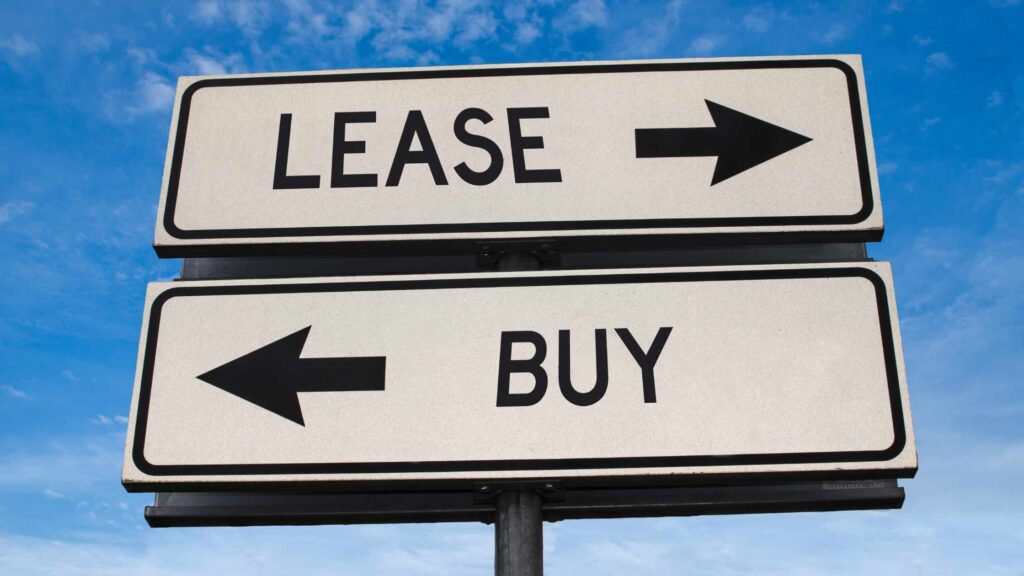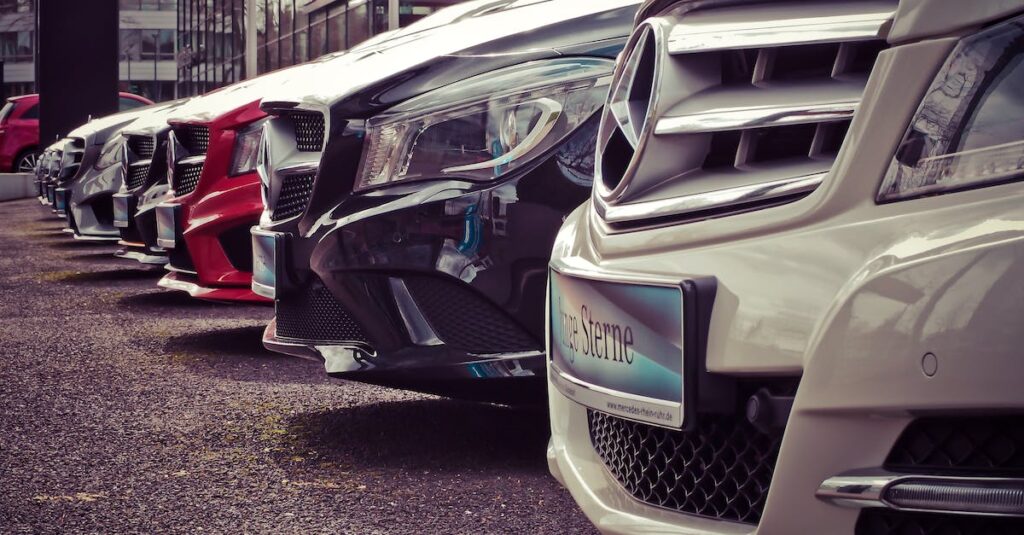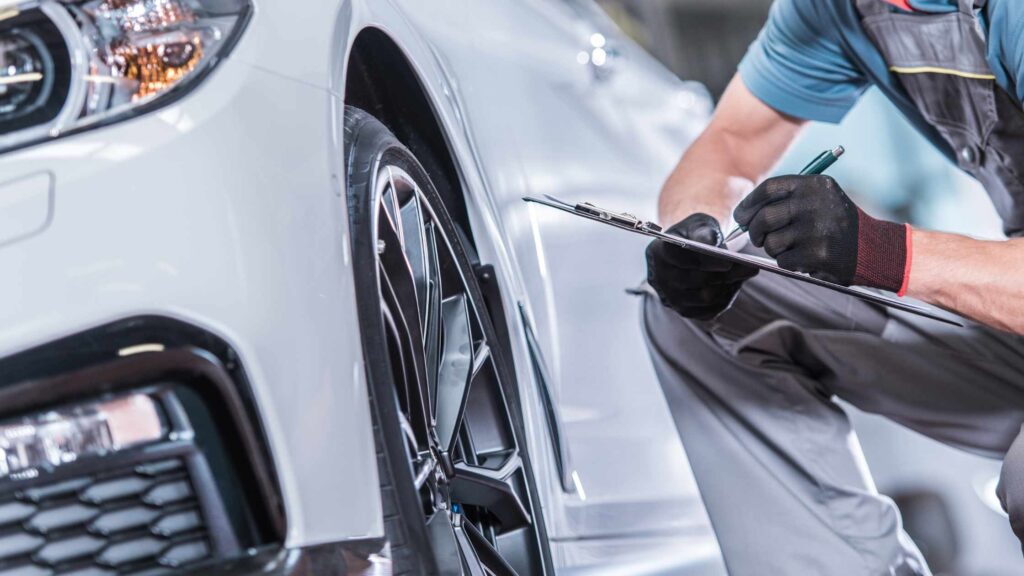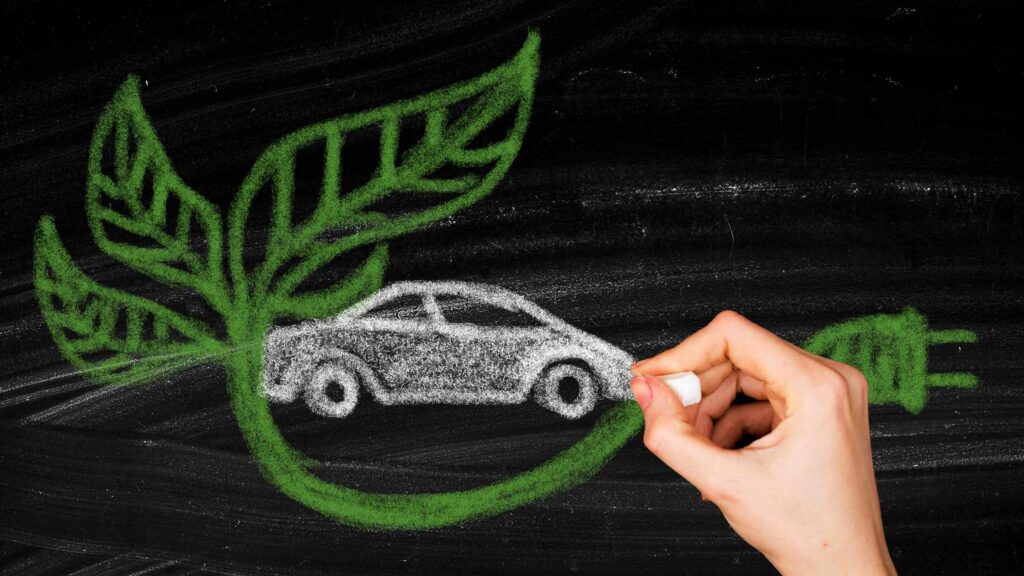Introduction
So, you’ve finally decided it’s time to get a new car. Congrats! But before you can hit the road in style, you need to figure out how you’re going to finance your shiny new ride. In this article, we’ll explore two of the most common options: leasing and buying. By understanding the differences and considering your personal preferences and financial situation, you can make an informed decision and drive away with peace of mind.
Leasing: Benefits and Considerations
1. Lower Monthly Payments
One of the main attractions of leasing a car is the lower monthly payments compared to buying. When you lease a vehicle, you’re essentially paying for the depreciation and a portion of the car’s value over the lease term. Since you’re not financing the entire cost of the car, your monthly payments are typically lower.
2. Variety and Accessibility
Leasing offers the flexibility to drive a new car every few years without the hassle of selling or trading in your vehicle. This allows you to enjoy the latest features, technology, and safety advancements in newer models. Additionally, leasing can be more accessible to those with lower credit scores, as the requirements are generally less strict than when purchasing a car.
3. Limited Ownership Control
While leasing provides some great benefits, it’s important to consider the downsides. When you lease a car, you don’t actually own it. You’re essentially borrowing it for the lease term, which means there are restrictions on modifications, mileage limits, and wear and tear penalties. If you like to personalize your vehicle or drive long distances, leasing may not be the best option for you.
Buying: Benefits and Considerations
1. Ownership and Freedom
Buying a car means you own it outright. You have the freedom to modify, customize, and drive as much as you’d like without any restrictions. As the owner, you can also sell or trade in the vehicle whenever you choose. If long-term ownership and control over your car are important to you, buying is likely the way to go.
2. Building Equity
When you finance a car, each payment you make goes towards building equity in the vehicle. Eventually, you’ll pay off the loan and own the car free and clear. This equity can be used as a trade-in or down payment for your next vehicle. On the other hand, leasing doesn’t build equity since you’re not paying towards ownership.
3. Higher Upfront Costs
While the monthly payments for buying a car may be higher than leasing, one key consideration is the higher upfront costs. When purchasing, you typically need to provide a down payment, cover taxes and fees, and finance the remaining balance. This can add up and may require more upfront cash compared to leasing.
Making the Decision
Now that we’ve explored the benefits and considerations of both leasing and buying, it’s time to make a decision. Consider the following questions:
- How important is vehicle ownership to you?
- Do you value lower monthly payments or long-term control over your vehicle?
- Are you someone who enjoys driving the latest models with updated features?
By answering these questions and considering your financial situation, you’ll be able to determine whether leasing or buying is the best fit for you.
Summary
In summary, choosing between leasing and buying a car ultimately comes down to personal preference and financial circumstances. Leasing offers lower monthly payments and the ability to drive a new car every few years, but with limited ownership control. On the other hand, buying provides ownership, flexibility, and the opportunity to build equity, but often involves higher upfront costs. Evaluate your priorities, weigh the pros and cons, and make an informed decision that aligns with your needs and goals.







